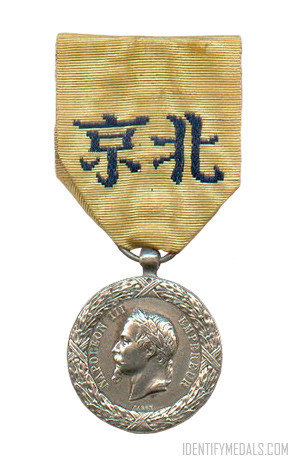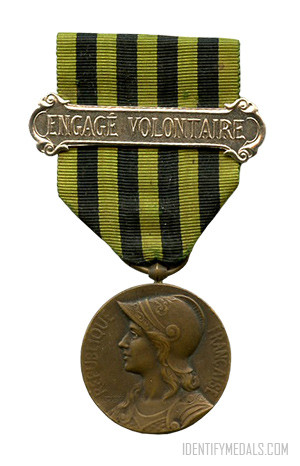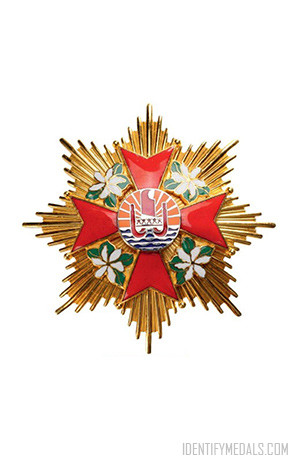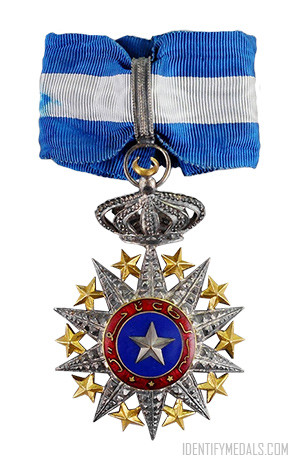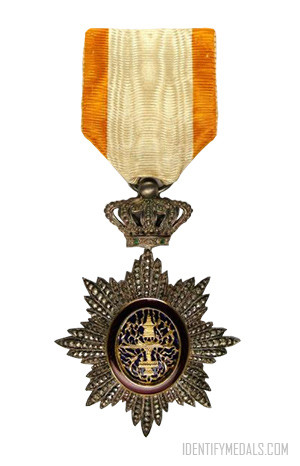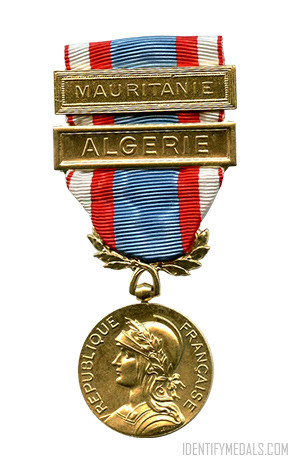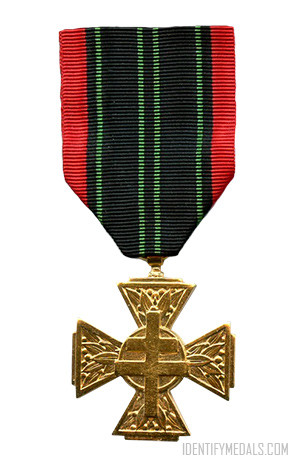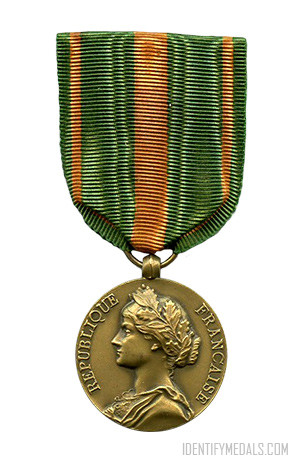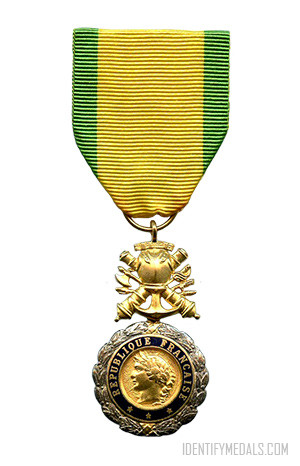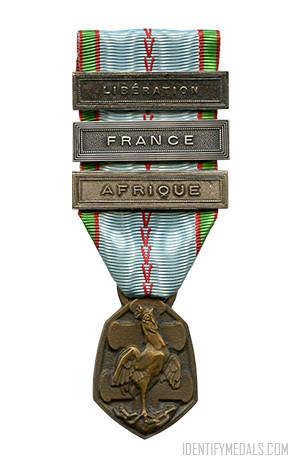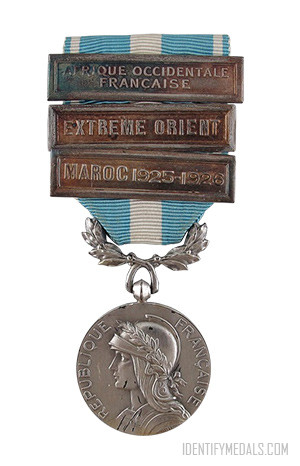The Commemorative medal of the 1860 China Expedition (or Médaille commémorative de l’expédition de Chine de 1860 in French) is a military award of the Second French Empire awarded to soldiers and sailors who had participated in the Anglo-French expedition to China during the Second Opium War.
The medal was created by imperial decree on 23 January 1861, by Napoleon III. The British Empire had been engaged in an ongoing conflict with the Qing Dynasty since 1856. Following the 1857 general election in the United Kingdom, the new parliament decided to seek redress from China. The French Empire, the United States, and the Russian Empire received requests from Britain to form an alliance. France joined the British action against China, prompted by the execution of a French missionary, Father August Chapdelaine. The conflict concluded with the 1858 Treaty of Tianjin in the Convention of Peking on 18 October 1860.
The medal was awarded by the Emperor to all who served in the China Expedition on propositions of the minister overseeing the service in which the potential recipient served. All recipients also received a certificate of award.
The Commemorative Medal of the 1860 China Expedition Design
The medal measures 30 mm in diameter, is circular and struck in silver. It was designed and engraved by Albert Désiré Barre.
The obverse bears the left profile of Emperor Napoleon III crowned with a laurel wreath surrounded by the relief inscription “NAPOLEON III” “EMPEREUR”. A 4 mm wide relief laurel wreath runs along the entire circumference of both the obverse and reverse of the medal.
On the reverse, within the laurel wreath, there’s the circular relief inscription EXPÉDITION DE CHINE 1860. At the center, the relief inscription on four lines of the campaign’s major battles TA-KOU, CHANG-KIA-WAN, PA-LI-KIAO, PE-KING.
The medal is suspended from a 36 mm wide silk moiré yellow ribbon, at its center, the name of the city of Peking woven in blue Chinese characters.

